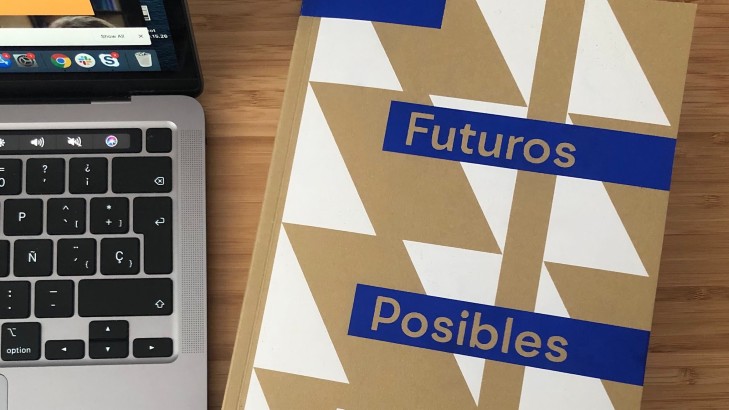Possible futures: designing for innovation after Covid in Spain

I shared what I had learned from my experiences working in the UK designing government services
Since just before lockdown began in the UK, I’ve been living in and working from Spain. I was here when they announced the lockdown and I decided to stay close to my family, even though I wasn’t able to see them for most of the time.
As the lockdown measures eased, I’ve been able to make the most of being here. The beach has beckoned for early morning surfing. I’ve taken the opportunity to talk with the Spanish Government and contributed to a document promoting design practice as a tool for innovation. I also judged the Spanish Design and Innovation Awards and led some training for the Public Tech Lab.
Looking at the impact of Covid on Spanish government organisations

I was recently interviewed by the Galician government (with other Galician designers and innovators). I shared my views about the possible future after Covid and what the impact will be.
The resulting publication is really interesting. I was pleasantly surprised to find so many people dedicated to design and innovation in the region.
Galicia is situated in the north-west corner of Spain, the bit above Portugal. Renowned for the Saint James way (a pilgrimage), local football teams such as Deportivo, and being the headquarters of Zara (fashion retailers) and Estrella de Galicia beer. La Coruna, which is a town in the north-west corner of the corner, is where I was born.
In the context of Covid, the Xunta de Galicia believes creativity and innovation are essential to generate solutions and formulate strategies to resolve the problems caused by this global crisis.
In the interview, I shared what I had learned from my experiences working in the UK designing government services for the last 20 years. I also shared my observations from being in the region during the first 3 months of the Covid outbreak.
There are some interesting contrasts and parallels with the UK.
The need for a clear, consistent strategy
I’ve seen a lack of alignment and too many conflicting initiatives where local government is investing in products or services rather than building capability. It’s important to have a clear, well defined, and realistic strategy common across the region as well as hyperlocal channels. There’s been a lot of waste created by initiatives that compete for visibility and funding.
Consolidation of information channels
During the worst phase of the Covid outbreak, and in particular the initial phases of confinement, the need for better designed and trustworthy official information and guidance was essential. In Spain and locally, in Galicia, the official information was coming mostly from the press. Official sources were difficult to find, badly written, or not available in a timely manner.
Easy to use online transactions
We need to improve the design of high volume transactional services. The processing of furlough (called ERTES in Spain), for example, is a service of utmost necessity to access government help for people whose jobs have been affected by Covid. Due to processing issues, a lot of people still haven’t been paid.
Improve data sharing among government organisations
There’s a need to improve data sharing and data capturing. Making sure that information is captured once and shared effectively is essential as it’s already available to the government. Something that may sound obvious but often doesn’t happen in reality. Covid figures, such as up to date infection and mortality rates, showed that this is possible and sharing can be done, locally, nationally, and globally.
Some of the challenges of going ‘fully digital’ that designers need to be aware of
Going beyond inclusion and the AAA of accessibility, actually having access to a computer to use basic services is a real issue. In particular, at the start of the pandemic, a lot of households didn’t have sufficient internet access to accommodate the whole family working from home and home schooling,
Here’s the online version of the report, if you’d like to take a look: Possible Futures, a publication that reflects on design in Spain in the post-Covid era.